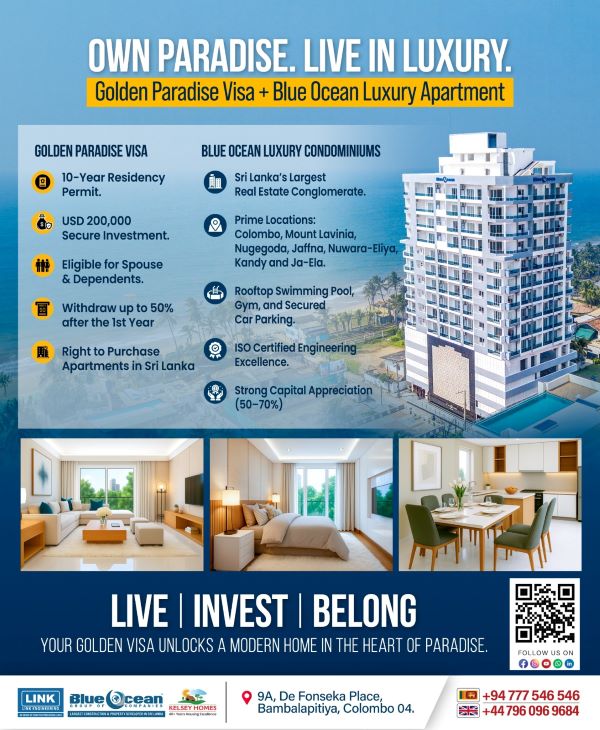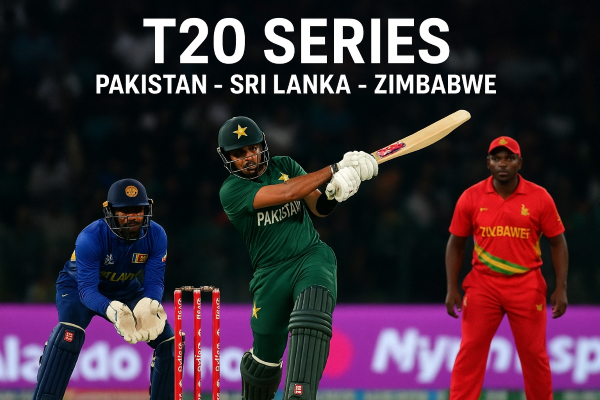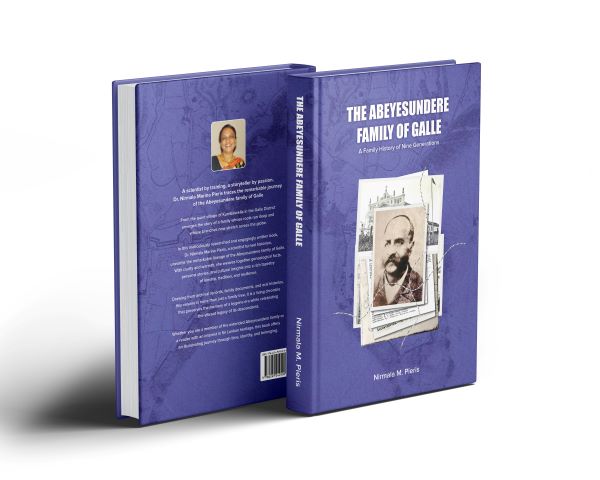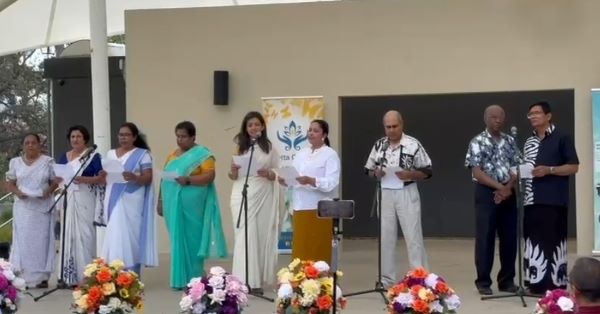King Parakramabahu the Great: Architect of Sri Lanka’s Golden Age – By Bhanuka – eLanka
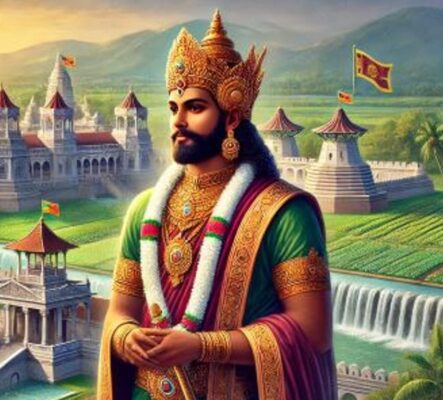
King Parakramabahu the Great, who reigned from 1153 to 1186 AD, is one of the most revered monarchs in Sri Lankan history. His era is often referred to as the golden age of Sri Lanka, characterized by unprecedented advancements in agriculture, architecture, and international relations. His visionary leadership and strategic brilliance transformed the island nation, creating a legacy that continues to be celebrated today.
Parakramabahu was born into the royal family during a time of political instability and fragmentation in Sri Lanka. The island was divided among various regional rulers, each vying for power. His rise to the throne was marked by a series of strategic alliances, military campaigns, and diplomatic maneuvers. His determination and tactical acumen eventually led to the unification of Sri Lanka under a single ruler, ushering in an era of peace and prosperity.
One of the most significant achievements of Parakramabahu’s reign was his focus on agricultural development. Recognizing the importance of irrigation for sustaining the agrarian economy, he embarked on an ambitious project to construct an extensive network of reservoirs and canals. The most famous of these is the Parakrama Samudra, a massive reservoir covering an area of about 24 square kilometers. This engineering marvel, often referred to as the Sea of Parakrama, was designed to store and distribute water efficiently, ensuring a stable water supply for agriculture throughout the year. Parakramabahu’s commitment to irrigation not only boosted agricultural productivity but also improved the overall quality of life for his subjects.
In addition to his achievements in agriculture, Parakramabahu was a patron of art and architecture. His reign saw the construction of numerous temples, stupas, and other religious monuments, many of which are considered masterpieces of ancient Sri Lankan architecture. The city of Polonnaruwa, which served as his capital, became a hub of cultural and religious activity. The Gal Vihara, a rock temple complex in Polonnaruwa, is one of the most iconic examples of the artistic achievements of this period. It features four magnificent statues of the Buddha, carved out of solid granite, showcasing the skill and craftsmanship of the artisans of that time.
Parakramabahu’s vision extended beyond the borders of Sri Lanka. He was a shrewd diplomat and sought to establish and maintain cordial relations with neighboring states. His foreign policy was characterized by both diplomacy and military expeditions. Parakramabahu’s most notable foreign venture was his intervention in the Pandya-Chola conflict in South India. He dispatched a naval expedition to South India to support the Pandya kingdom against the Chola dynasty. This campaign, though ultimately unsuccessful in its immediate objectives, demonstrated Parakramabahu’s willingness to project power beyond his kingdom and engage in regional geopolitics.
The king’s interest in international relations also led to increased trade and cultural exchanges. Parakramabahu maintained diplomatic contacts with other regional powers, including Burma, China, and Cambodia. These interactions facilitated the exchange of goods, ideas, and cultural practices, enriching Sri Lankan society and contributing to its development.
Parakramabahu’s reign was also marked by significant administrative reforms. He implemented a centralized system of governance, appointing trusted officials to key positions and establishing a bureaucratic framework to manage the affairs of the state efficiently. This administrative structure ensured effective governance and contributed to the stability and prosperity of the kingdom. The king was known for his just and fair rule, and he took measures to protect the rights of his subjects and ensure their well-being.
Despite his many achievements, Parakramabahu’s reign was not without challenges. He faced internal dissent and rebellion, which he managed to suppress through a combination of diplomacy and military action. His ability to maintain control and stability in the face of these challenges is a testament to his leadership skills and strategic acumen.
Parakramabahu’s legacy is preserved in the numerous inscriptions, chronicles, and historical records that document his reign. The Culavamsa, a historical chronicle of Sri Lanka, provides a detailed account of his life and achievements. His contributions to agriculture, architecture, and governance have left an indelible mark on Sri Lankan history, and his reign is often regarded as a model of enlightened and effective leadership.
King Parakramabahu the Great’s vision, leadership, and achievements transformed Sri Lanka into a prosperous and culturally rich kingdom. His contributions to agriculture, architecture, and governance have had a lasting impact, and his legacy continues to be celebrated and revered. Through his strategic brilliance, dedication to the well-being of his subjects, and commitment to cultural and economic development, Parakramabahu remains one of the most iconic and influential figures in Sri Lankan history. His reign is a testament to the potential of visionary leadership to bring about positive and lasting change.



